(4,4,5,5-TETRAMETHYL-1,3,2-DIOXABOROLAN-2-YL)BENZENE
Synonym(s):(Pinacolboryl)benzene;4,4,5,5-Tetramethyl-2-phenyl-1,3,2-dioxaborolane;cyclic tetramethylethylene ester benzeneboronic acid;Pinacol phenylboronate
- CAS NO.:24388-23-6
- Empirical Formula: C12H17BO2
- Molecular Weight: 204.07
- MDL number: MFCD00966985
- SAFETY DATA SHEET (SDS)
- Update Date: 2023-04-23 13:52:06

What is (4,4,5,5-TETRAMETHYL-1,3,2-DIOXABOROLAN-2-YL)BENZENE?
Chemical properties
White to light yellow crystal
The Uses of (4,4,5,5-TETRAMETHYL-1,3,2-DIOXABOROLAN-2-YL)BENZENE
suzuki reaction
The Uses of (4,4,5,5-TETRAMETHYL-1,3,2-DIOXABOROLAN-2-YL)BENZENE
Phenylboronic acid pinacol ester can be used:
- To prepare sulfinamide derivatives by reacting with diethylaminosulfur trifluoride (DAST) and potassium phenyltrifluoroborate.
- As a substrate in the study of Suzuki–Miyaura coupling of various aryl iodides over SiliaCat?Pd(0).
What are the applications of Application
Benzeneboronic acid, pinacol ester is a useful Phenylboronic acid, pinacol ester for proteomics research
Synthesis Reference(s)
The Journal of Organic Chemistry, 60, p. 7508, 1995 DOI: 10.1021/jo00128a024
General Description
Phenylboronic acid, pinacol ester, also known as boronate ester, is generally used in metal-catalyzed C-C bond formation reactions like Suzuki–Miyaura?reaction.
Properties of (4,4,5,5-TETRAMETHYL-1,3,2-DIOXABOROLAN-2-YL)BENZENE
| Melting point: | 27-31 °C(lit.) |
| Boiling point: | 130°C/20mmHg(lit.) |
| Density | 0.99±0.1 g/cm3(Predicted) |
| Flash point: | 225 °F |
| storage temp. | Keep in dark place,Sealed in dry,Room Temperature |
| form | powder to lump |
| color | White to Almost white |
| CAS DataBase Reference | 24388-23-6(CAS DataBase Reference) |
Safety information for (4,4,5,5-TETRAMETHYL-1,3,2-DIOXABOROLAN-2-YL)BENZENE
| Signal word | Warning |
| Pictogram(s) |
 Exclamation Mark Irritant GHS07 |
| GHS Hazard Statements |
H302:Acute toxicity,oral H315:Skin corrosion/irritation H319:Serious eye damage/eye irritation H335:Specific target organ toxicity, single exposure;Respiratory tract irritation |
| Precautionary Statement Codes |
P261:Avoid breathing dust/fume/gas/mist/vapours/spray. P264:Wash hands thoroughly after handling. P264:Wash skin thouroughly after handling. P270:Do not eat, drink or smoke when using this product. P301+P312:IF SWALLOWED: call a POISON CENTER or doctor/physician IF you feel unwell. P302+P352:IF ON SKIN: wash with plenty of soap and water. P305+P351+P338:IF IN EYES: Rinse cautiously with water for several minutes. Remove contact lenses, if present and easy to do. Continuerinsing. |
Computed Descriptors for (4,4,5,5-TETRAMETHYL-1,3,2-DIOXABOROLAN-2-YL)BENZENE
| InChIKey | KKLCYBZPQDOFQK-UHFFFAOYSA-N |
New Products
4-Fluorophenylacetic acid 4-Methylphenylacetic acid N-Boc-D-alaninol N-BOC-D/L-ALANINOL Tert-butyl bis(2-chloroethyl)carbamate 3-Morpholino-1-(4-nitrophenyl)-5,6-dihydropyridin- 2(1H)-one Furan-2,5-Dicarboxylic Acid Tropic acid S-2-CHLORO PROPIONIC ACID ETHYL ISOCYANOACETATE 2-Bromo-1,3-Bis(Dimethylamino)Trimethinium Hexafluorophosphate (6-METHYL-[1,3]DITHIOLO[4,5-b]QUINOXALIN-2-ONE INDAZOLE-3-CARBOXYLIC ACID 4-IODO BENZOIC ACID (2-Hydroxyphenyl)acetonitrile 4-Bromopyrazole 5,6-Dimethoxyindanone 2-(Cyanocyclohexyl)acetic acid 4-methoxy-3,5-dinitropyridine 2-aminopropyl benzoate hydrochloride 1-(4-(aminomethyl)benzyl)urea hydrochloride diethyl 2-(2-((tertbutoxycarbonyl)amino) ethyl)malonate tert-butyl 4- (ureidomethyl)benzylcarbamate Ethyl-2-chloro((4-methoxyphenyl)hydrazono)acetateRelated products of tetrahydrofuran
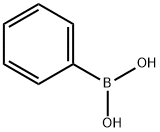
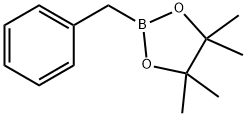
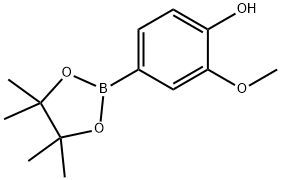
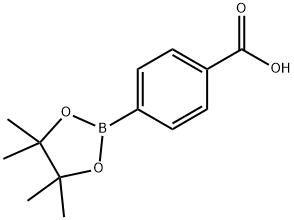
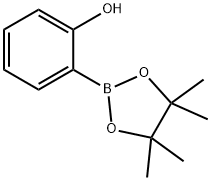
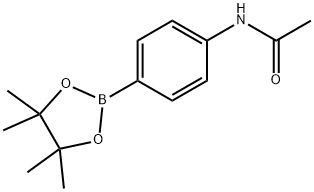
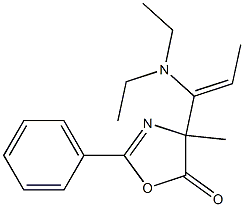

You may like
-
 Phenylboronic acid CAS 24388-23-6View Details
Phenylboronic acid CAS 24388-23-6View Details
24388-23-6 -
 2-Phenyl-4,4,5,5-tetramethyl-1,3,2-dioxaborolane CAS 24388-23-6View Details
2-Phenyl-4,4,5,5-tetramethyl-1,3,2-dioxaborolane CAS 24388-23-6View Details
24388-23-6 -
 Phenylboronic acid pinacol ester CAS 24388-23-6View Details
Phenylboronic acid pinacol ester CAS 24388-23-6View Details
24388-23-6 -
 1975-50-4 98%View Details
1975-50-4 98%View Details
1975-50-4 -
 2-HYDROXY BENZYL ALCOHOL 98%View Details
2-HYDROXY BENZYL ALCOHOL 98%View Details
90-01-7 -
 2-Chloro-1,3-Bis(Dimethylamino)Trimethinium Hexafluorophosphate 221615-75-4 98%View Details
2-Chloro-1,3-Bis(Dimethylamino)Trimethinium Hexafluorophosphate 221615-75-4 98%View Details
221615-75-4 -
 14714-50-2 (2-Hydroxyphenyl)acetonitrile 98+View Details
14714-50-2 (2-Hydroxyphenyl)acetonitrile 98+View Details
14714-50-2 -
 118753-70-1 98+View Details
118753-70-1 98+View Details
118753-70-1
Statement: All products displayed on this website are only used for non medical purposes such as industrial applications or scientific research, and cannot be used for clinical diagnosis or treatment of humans or animals. They are not medicinal or edible.